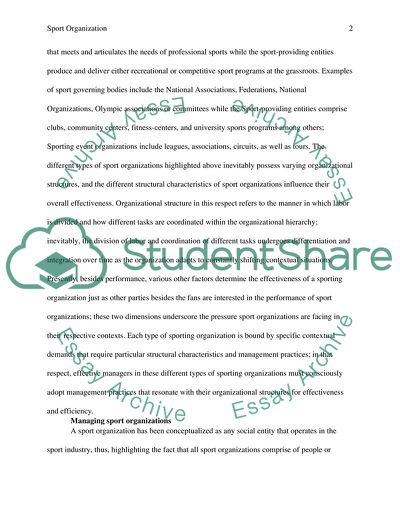Cite this document
(The Provision of Sports Products and Services Term Paper, n.d.)
The Provision of Sports Products and Services Term Paper. Retrieved from https://studentshare.org/sports-and-recreation/1814306-sport-organisation
The Provision of Sports Products and Services Term Paper. Retrieved from https://studentshare.org/sports-and-recreation/1814306-sport-organisation
(The Provision of Sports Products and Services Term Paper)
The Provision of Sports Products and Services Term Paper. https://studentshare.org/sports-and-recreation/1814306-sport-organisation.
The Provision of Sports Products and Services Term Paper. https://studentshare.org/sports-and-recreation/1814306-sport-organisation.
“The Provision of Sports Products and Services Term Paper”, n.d. https://studentshare.org/sports-and-recreation/1814306-sport-organisation.


